Time is the tallest of orders and tales, simultaneously – which means that time makes at least two seemingly contradictory demands of us at the same time. 1. Concentrate and commit to one’s existence within the chronological system absolutely earnestly, or in other words: Always be on time. 2. Suspend the body’s natural and actually quite reasonable disbelief in this system’s regularity, its uniformity and its linearity, to submit to the fantasy of past, present, future, in that order. So, you’re actually always out of time.
3. […], 4. […], 5. […], 6. […], 7. […], 8. […].
To speak of time in such undifferentiated terms is part of the problem. Hence, its definitions often fail on account of their self-referentiality or circularity. Time, however, consists of nothing but timing; it is something that has to be done and does not do itself. It helps to depart from a single medium, register or language in order to approach something like a representation, or a materialisation of time. Layering, for example, makes palpable the shifts and ruptures through which time becomes something other than duration or continuity. The perishability of materials like wax, like the sequence of images appearing and disappearing to generate a film, resonates with an embodied awareness of change, decay, entropy, and of course, death.
0.
Time must be manipulated into a functional dreamworld in order for the work to take place. Art as work-time condenses in the product, though time exceeds the artwork as an endpoint. It is care, on the other hand (of the same clock), that disrupts time, stops progress, and sends us spiralling along another axis entirely. As reproductive labour, care is always a process of staying, maintaining, repeating, delaying and enduring. The task of representing care-time cannot be easily solved by text and its predilection for forward propulsion. Writing will always be about tardiness because writing changes time and soon you’re out of it. In any case, the effort involved in changing our relationship to time is not a solitary undertaking, but rather always derives from a collective attitude. The only way is to find each other in the dismal dreamworld and make another time, differently.
Text by Miriam Stoney
The exhibition was organized in collaboration with the art gallery Wonnerth Dejaco in Vienna and is with the support of the Austrian Cultural Forum in Bucharest.
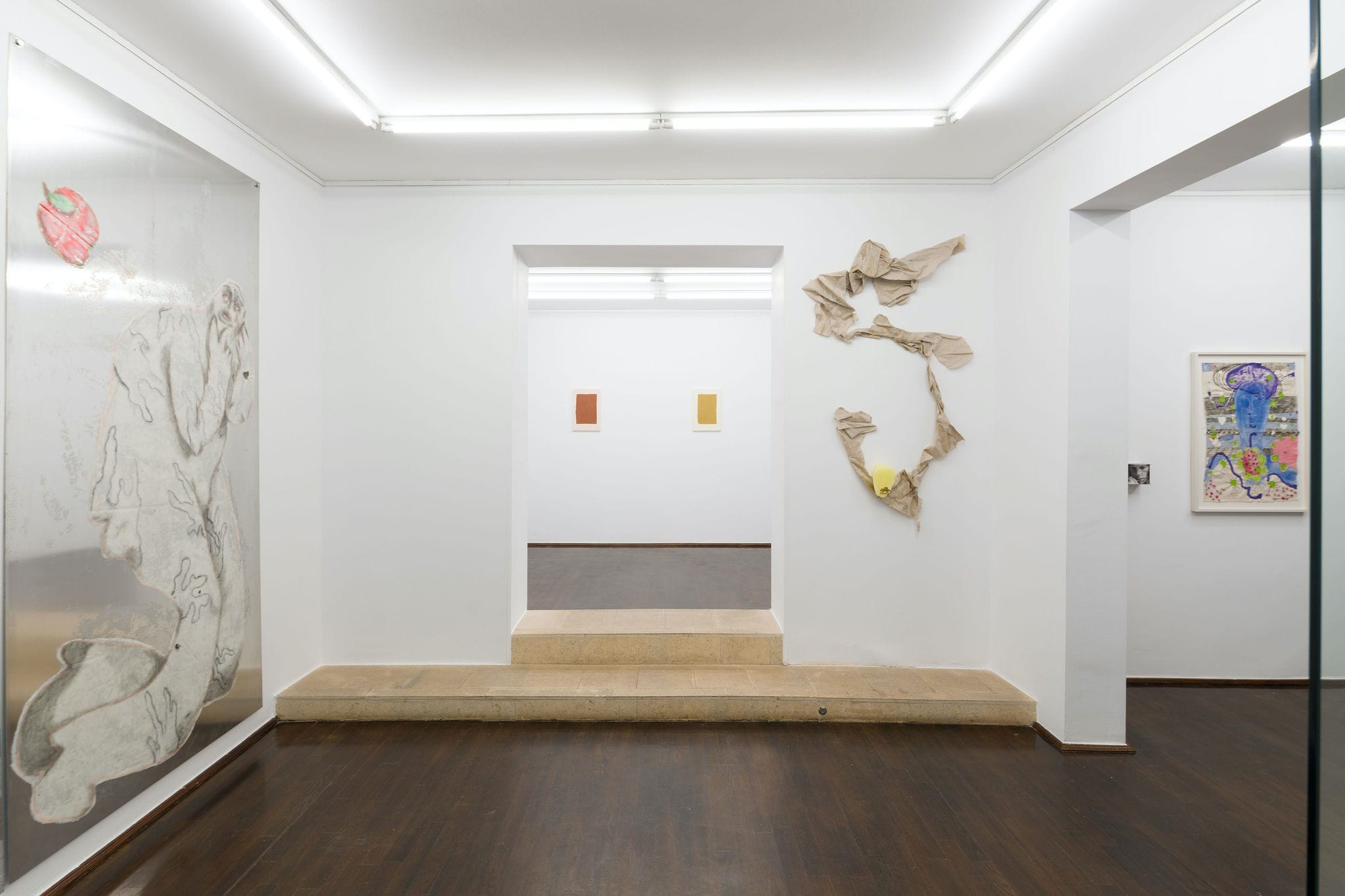
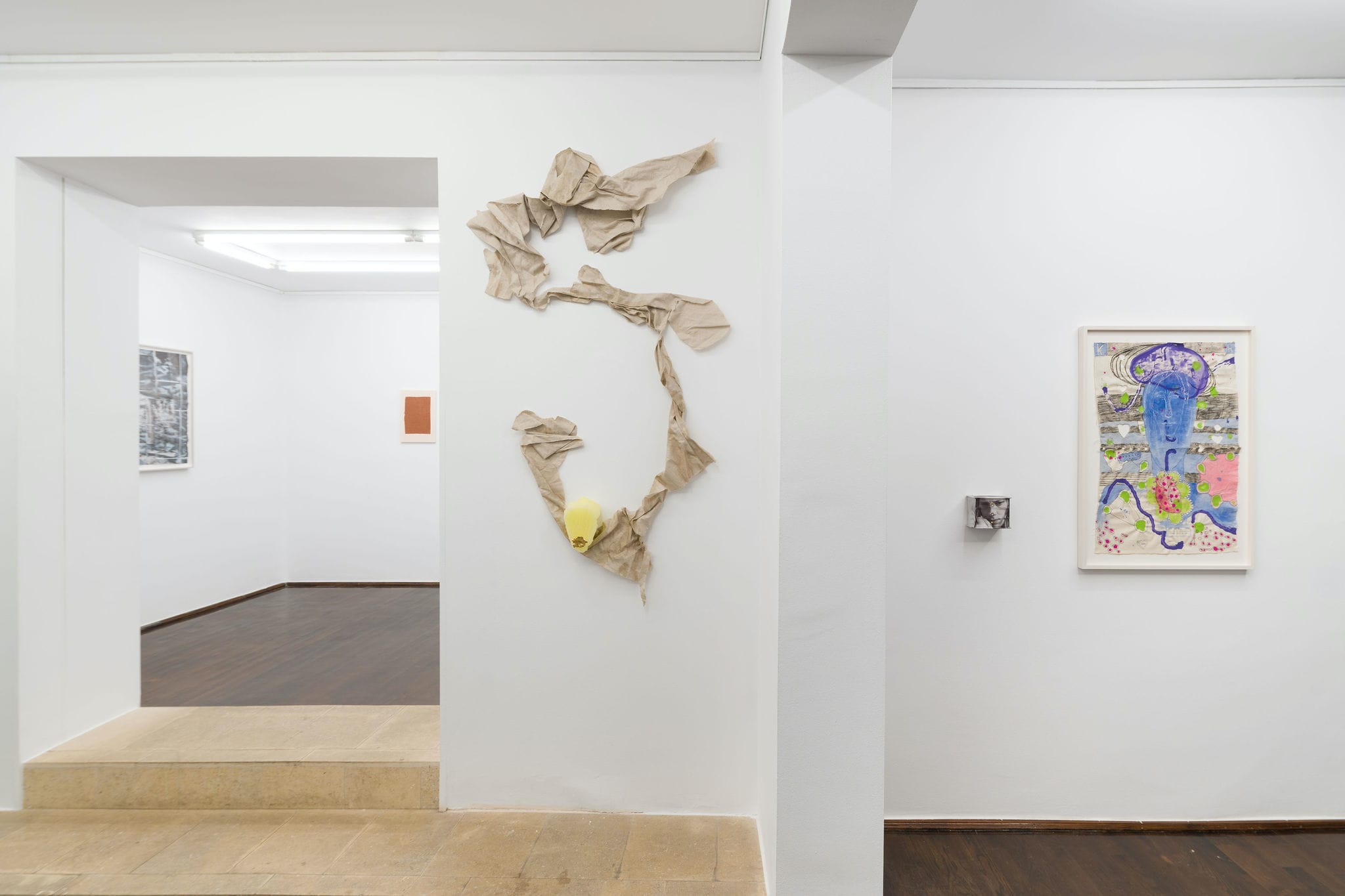
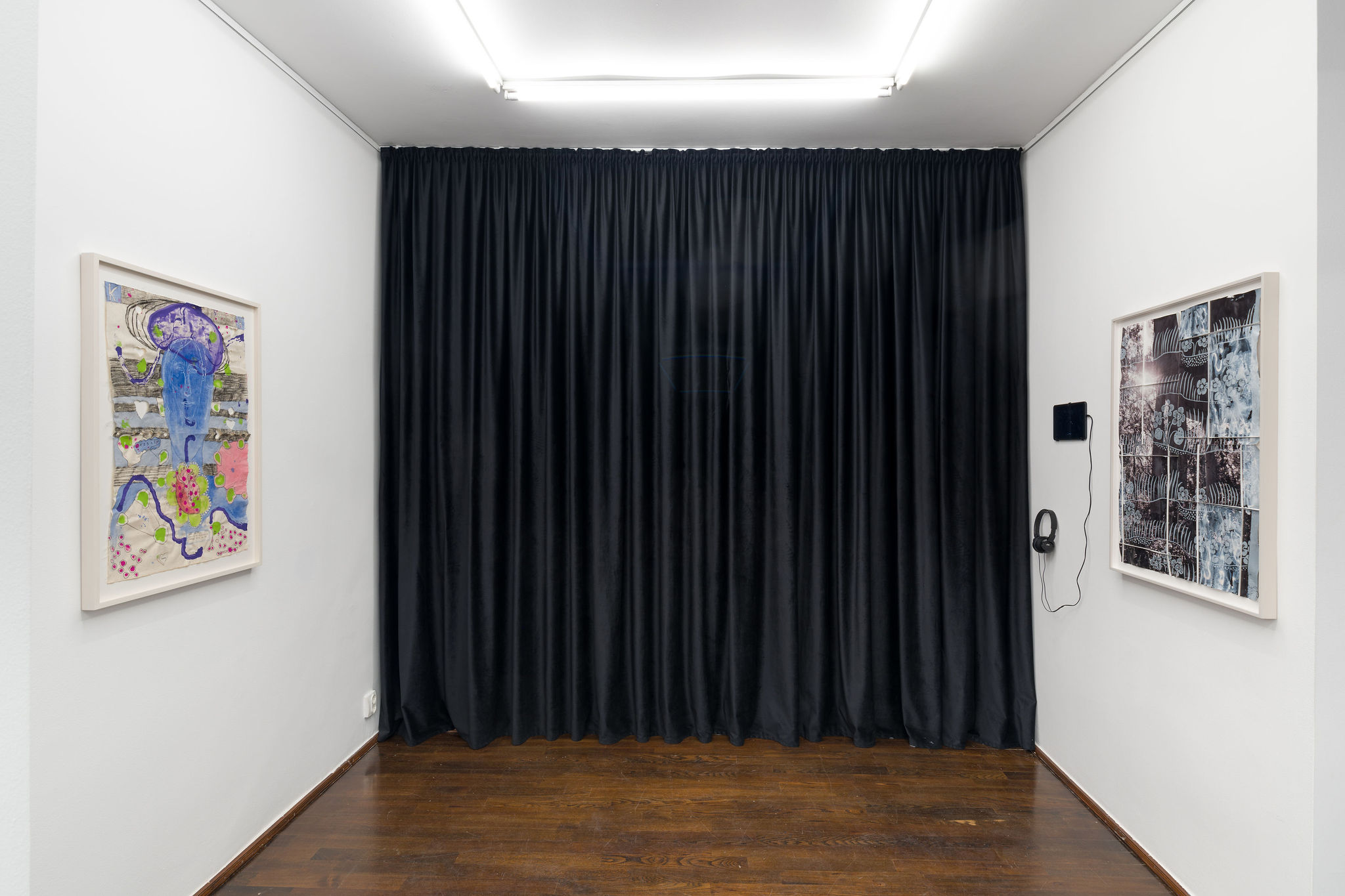
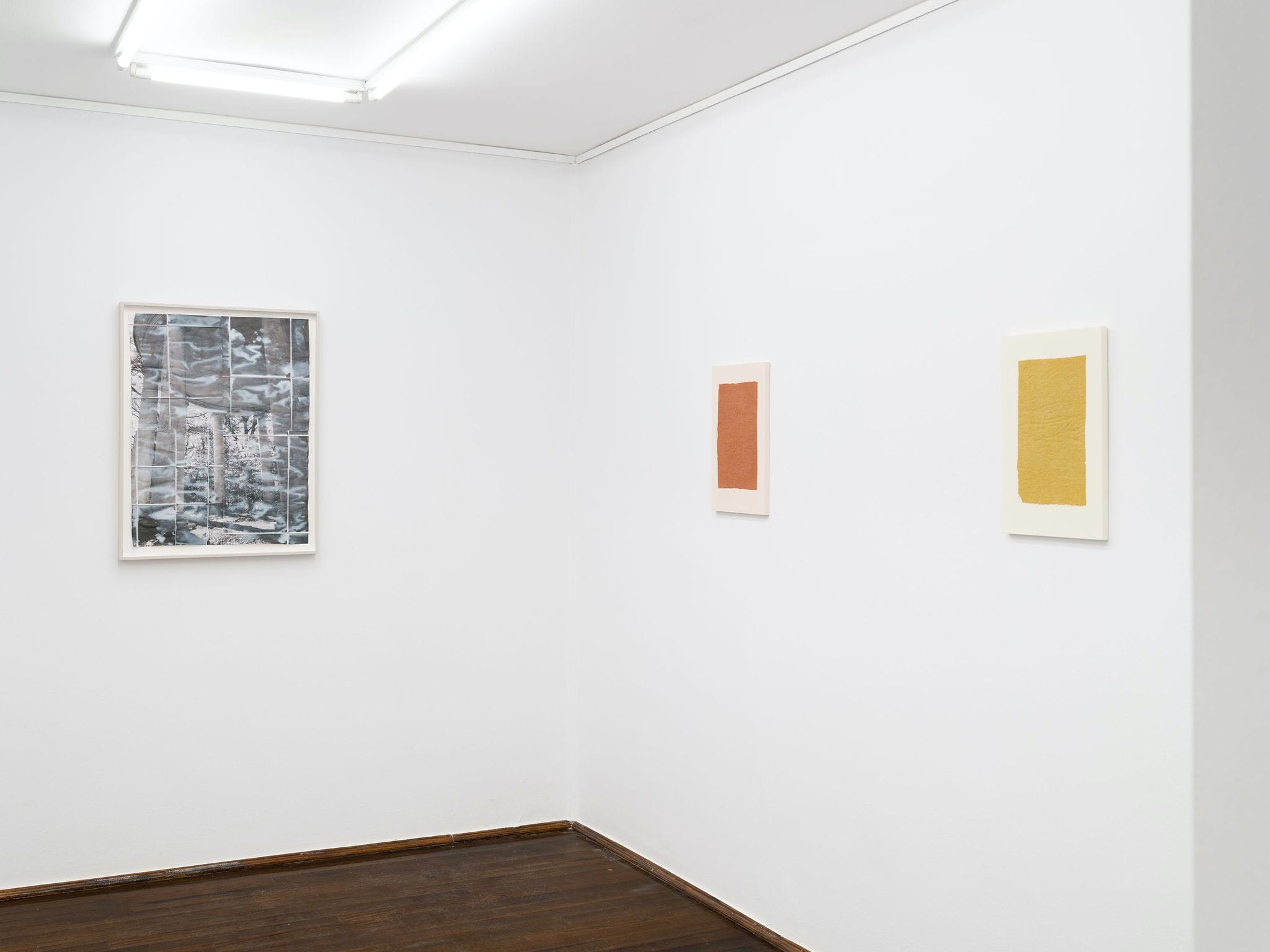
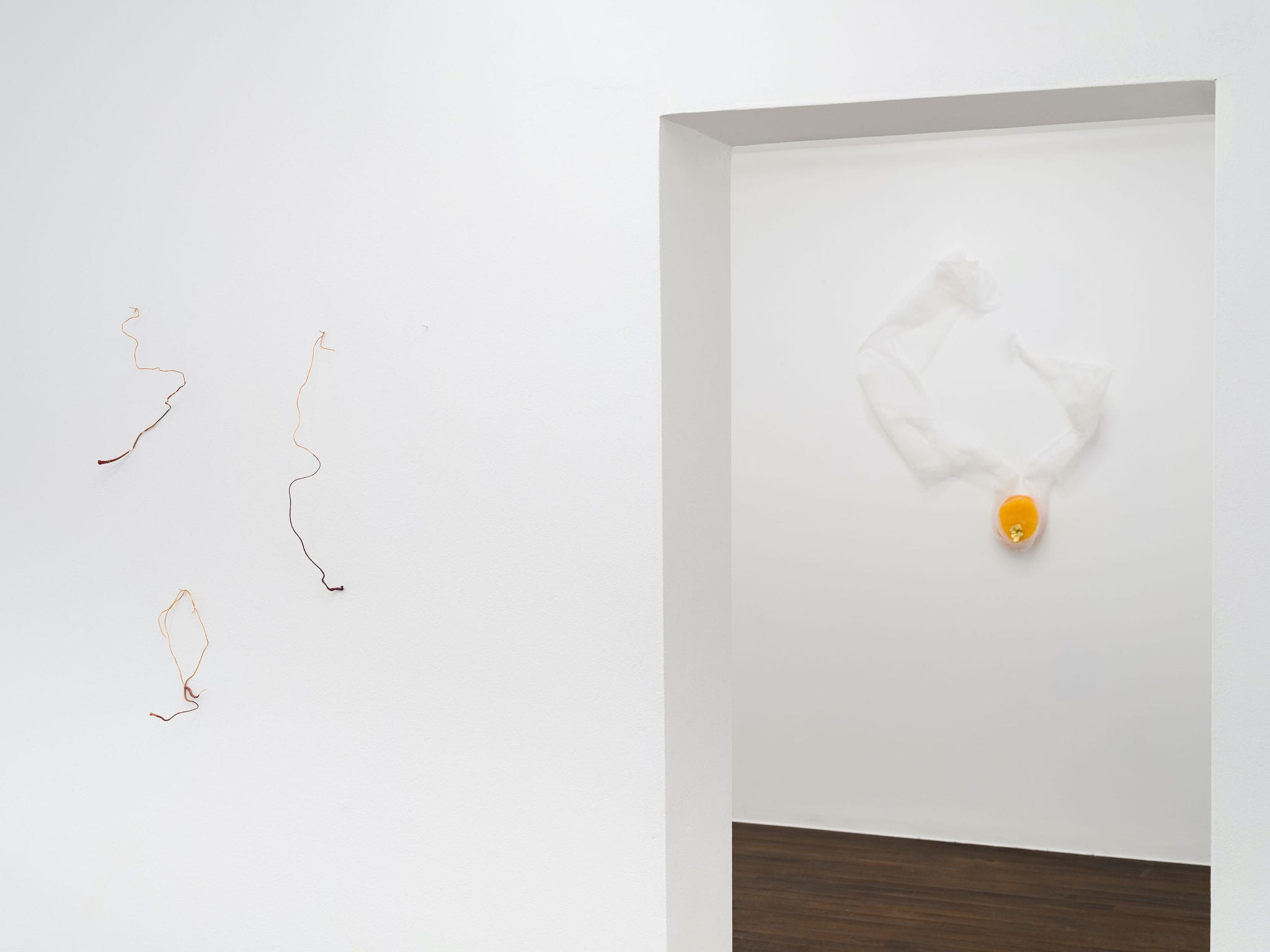
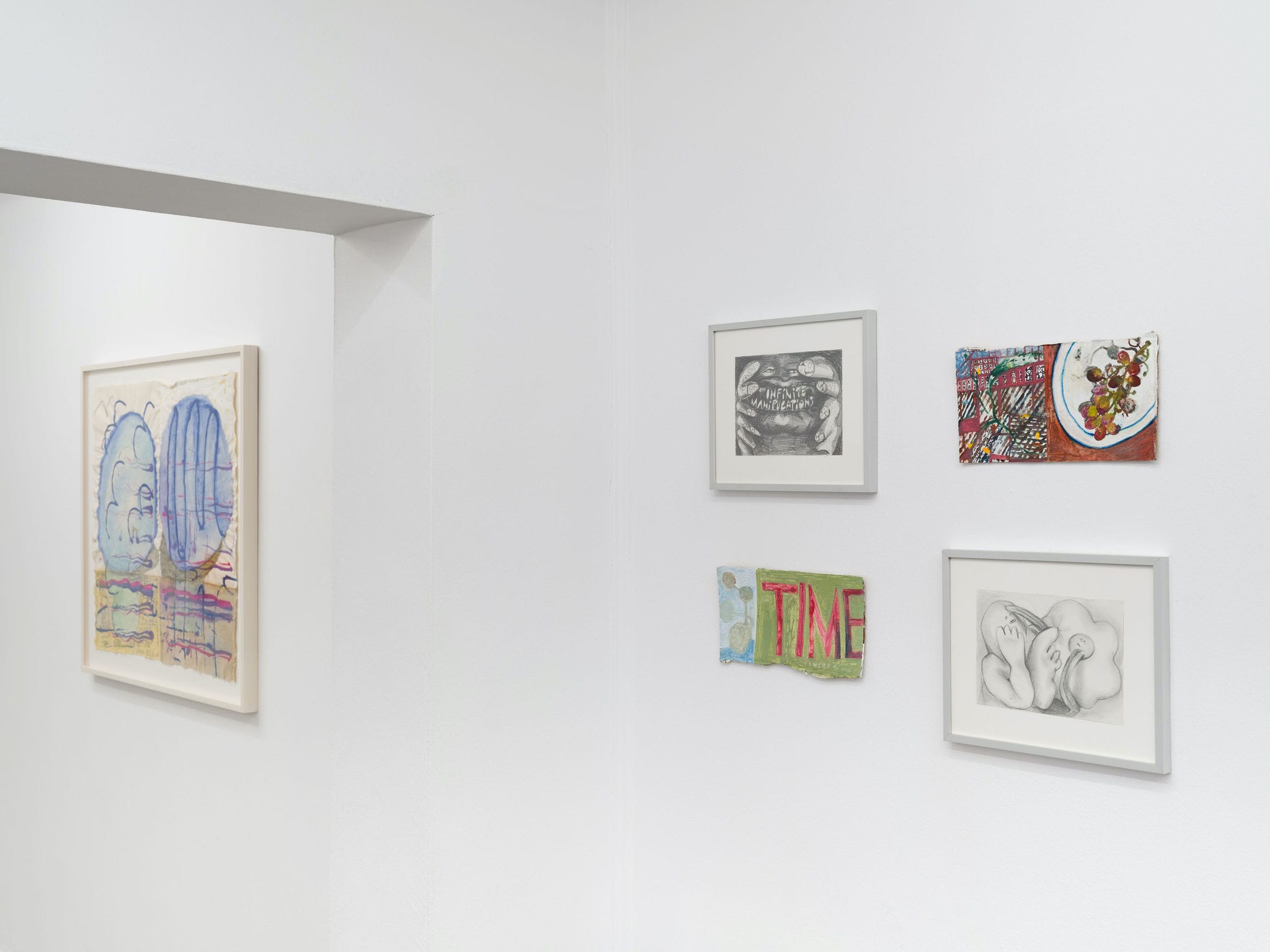

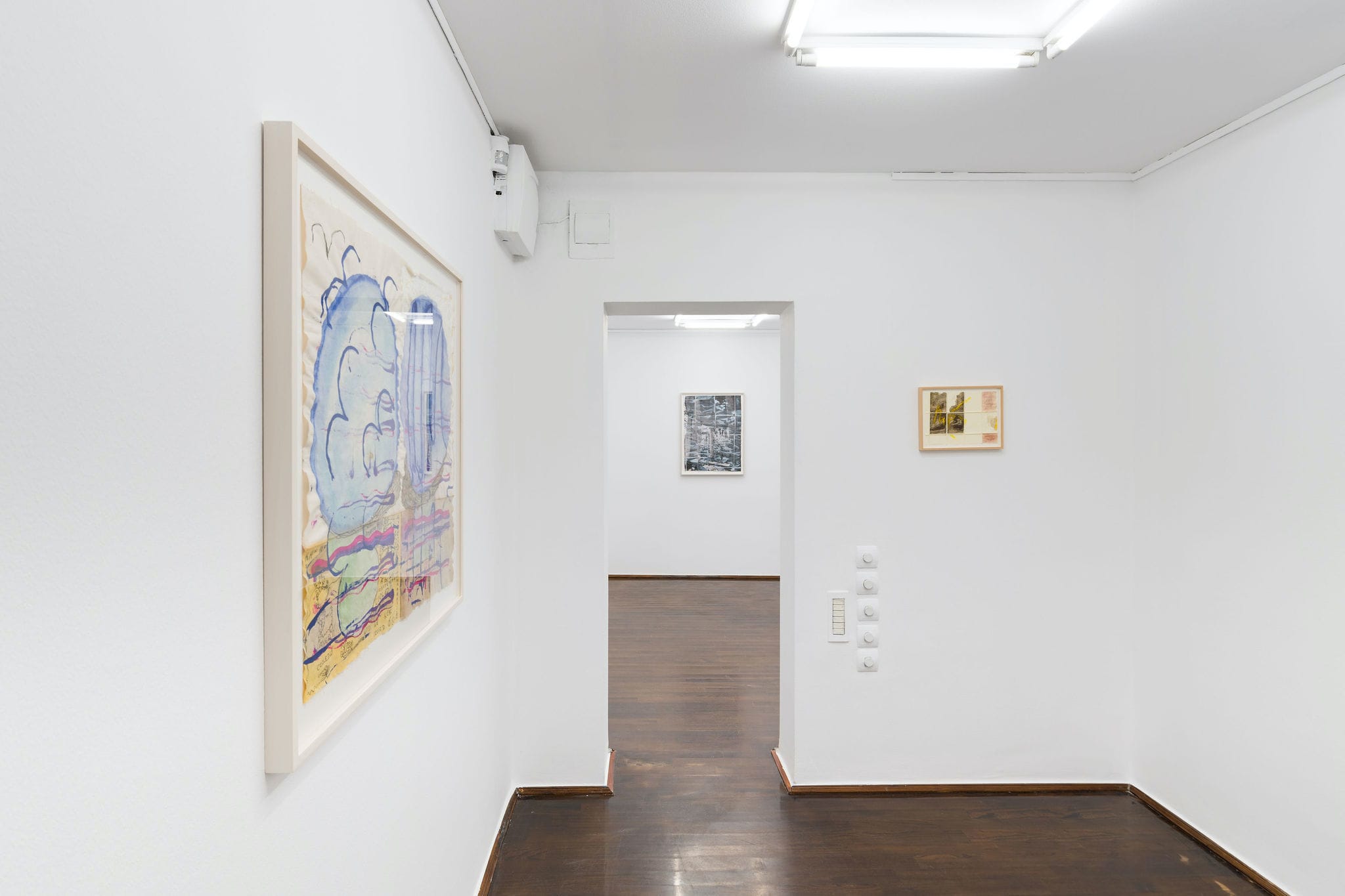
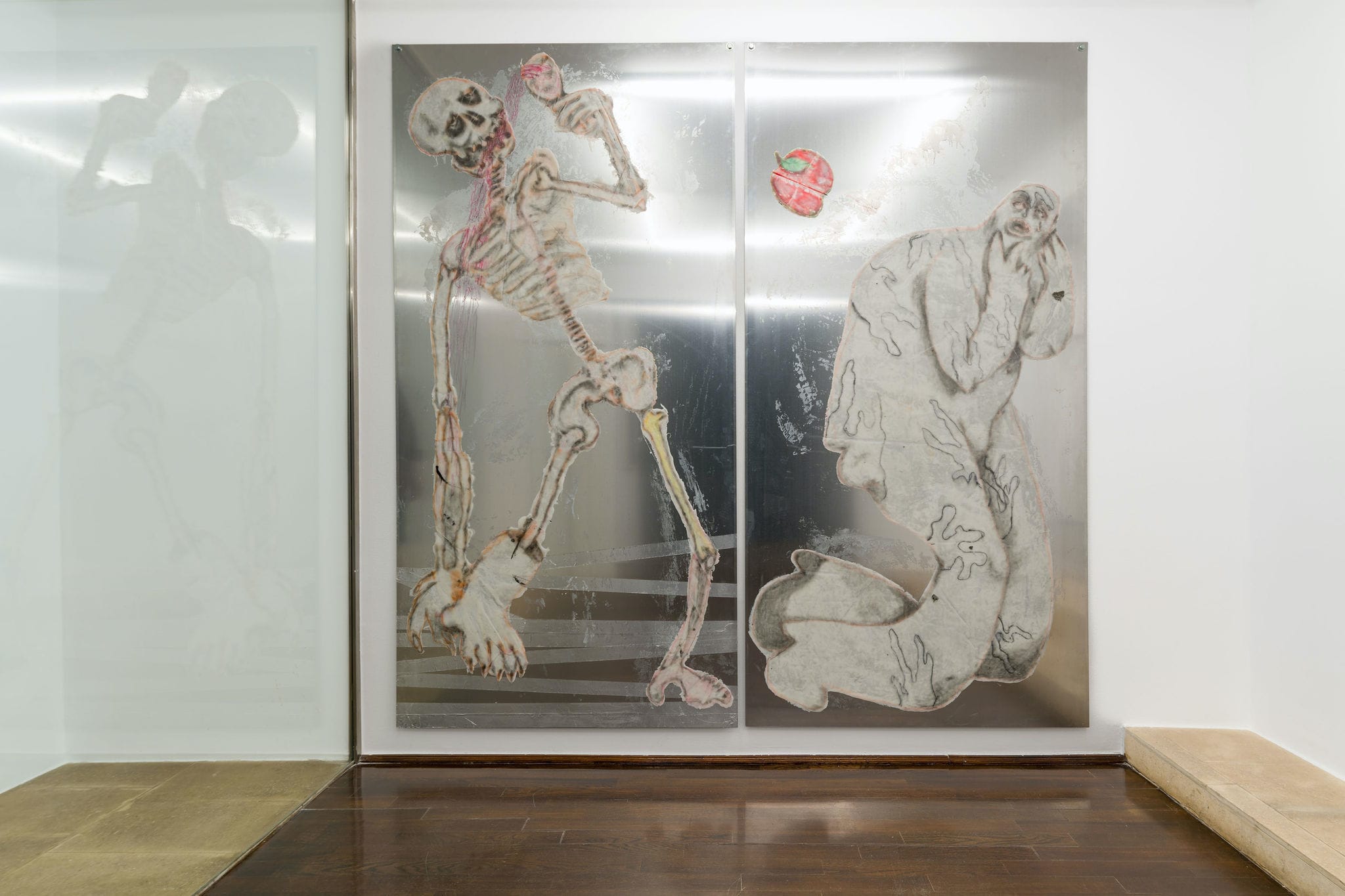
untitled, 2018
wood glue, graphite, marker pen, aluminum tape, aluminum plates
250 x 125 cm

untitled, 2018
wood glue, graphite, marker pen, aluminum tape, aluminum plates
250 x 125 cm
(details)
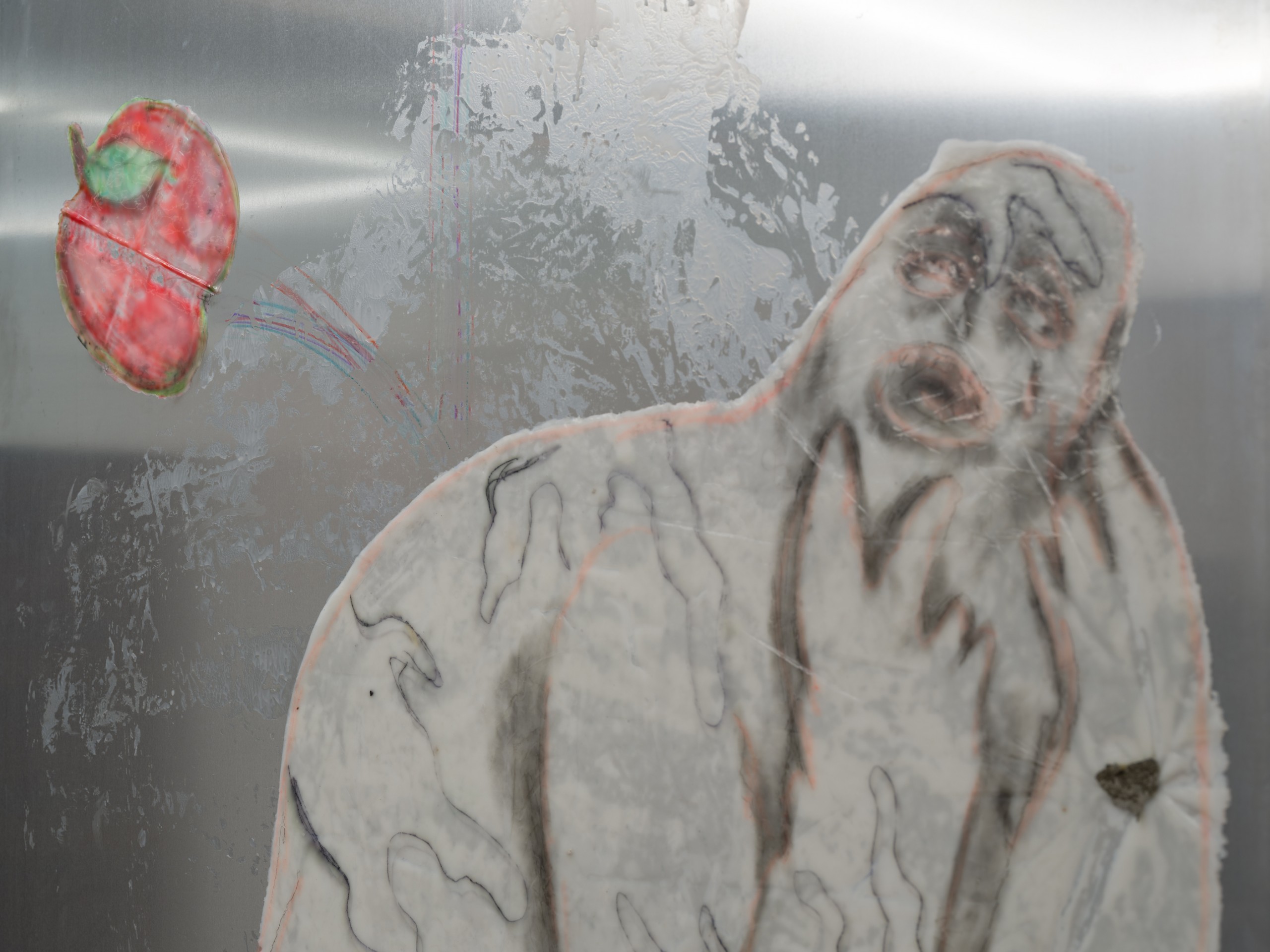
untitled, 2018
wood glue, graphite, marker pen, aluminum tape, aluminum plates
250 x 125 cm
(details)
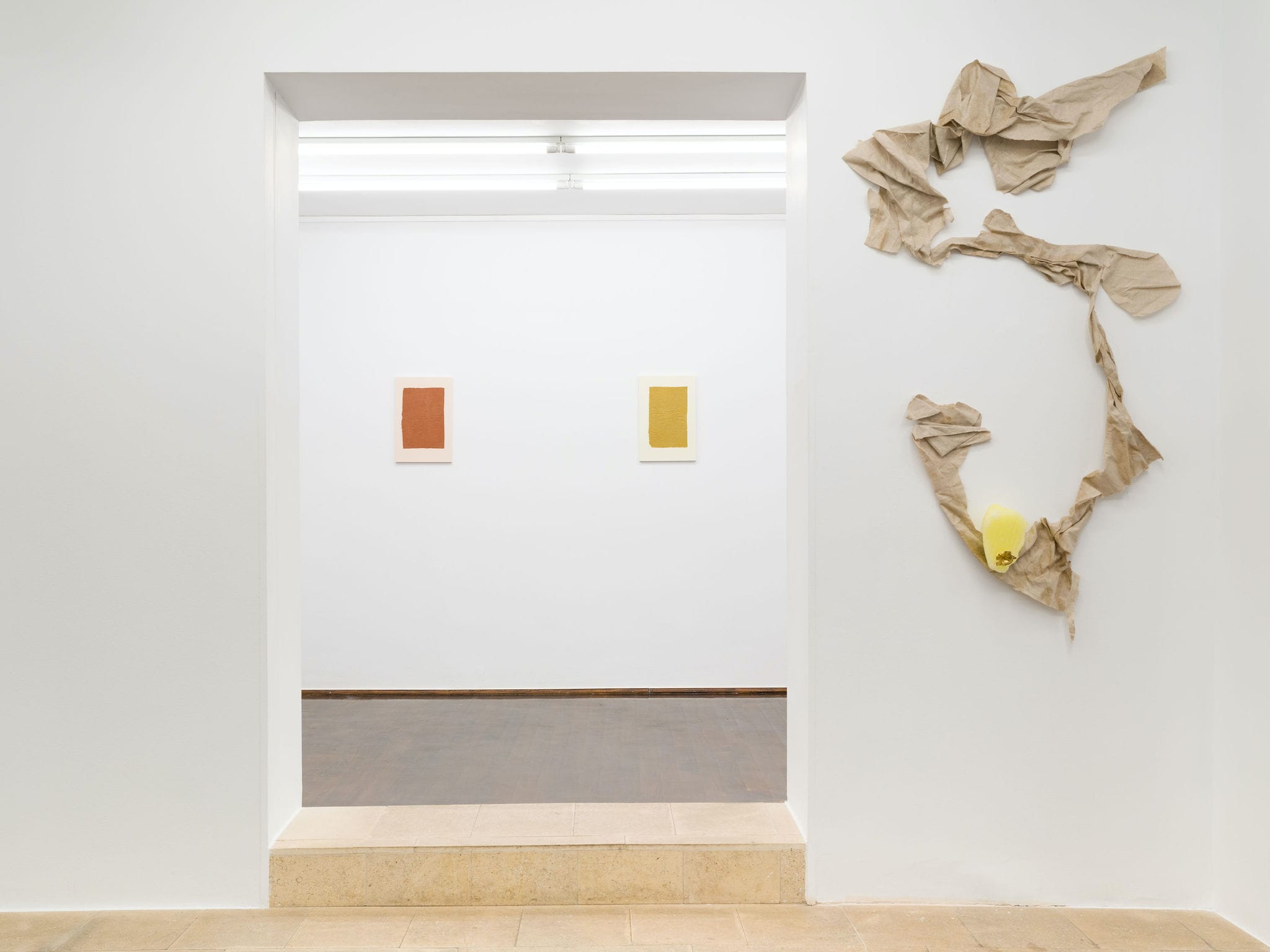
Die sichere Bank brauchst du nicht, 2021
brass casts, wax, organza, linen, pigments
variable sizes
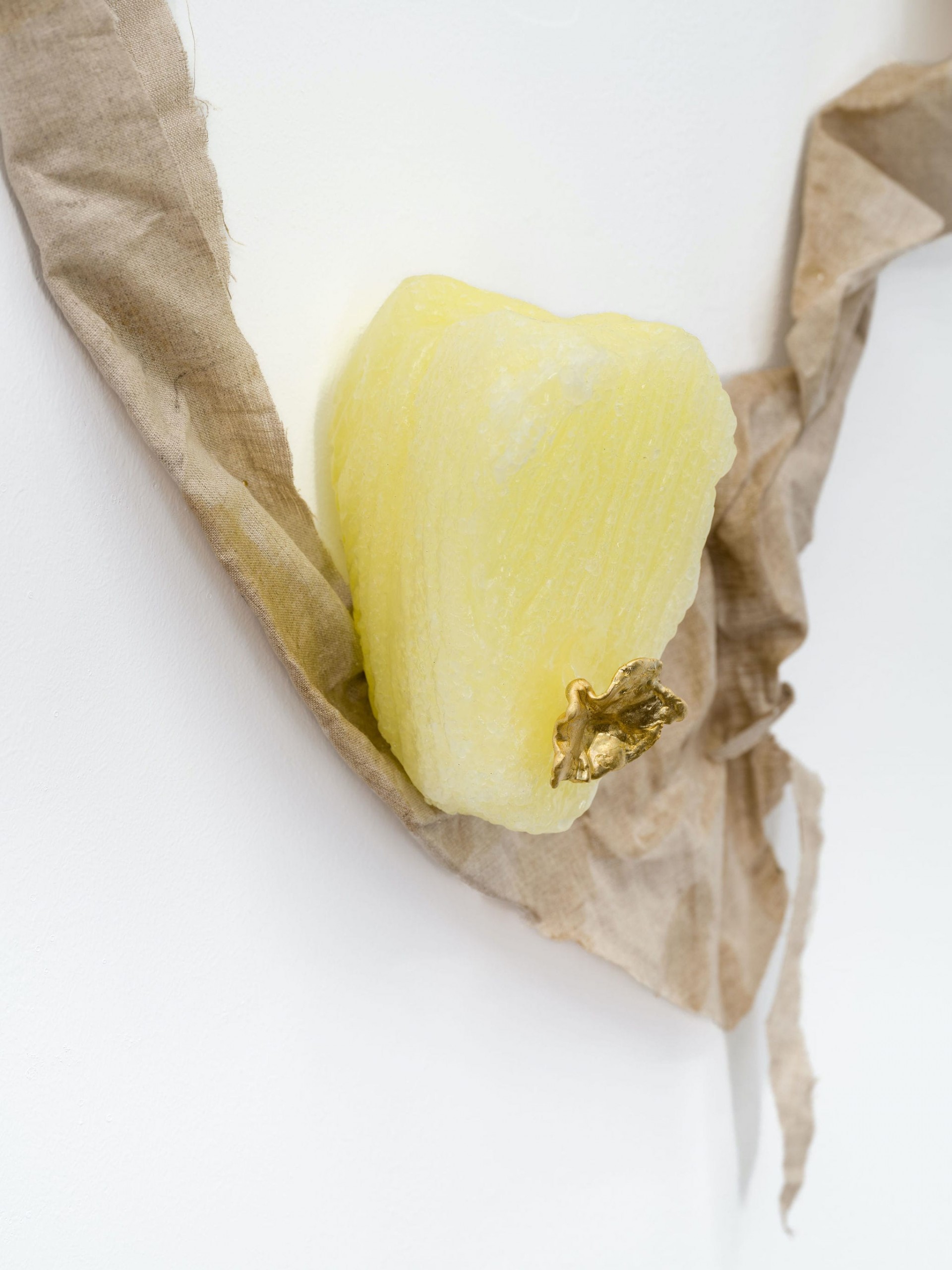
Die sichere Bank brauchst du nicht, 2021
brass casts, wax, organza, linen, pigments
variable sizes
(details)
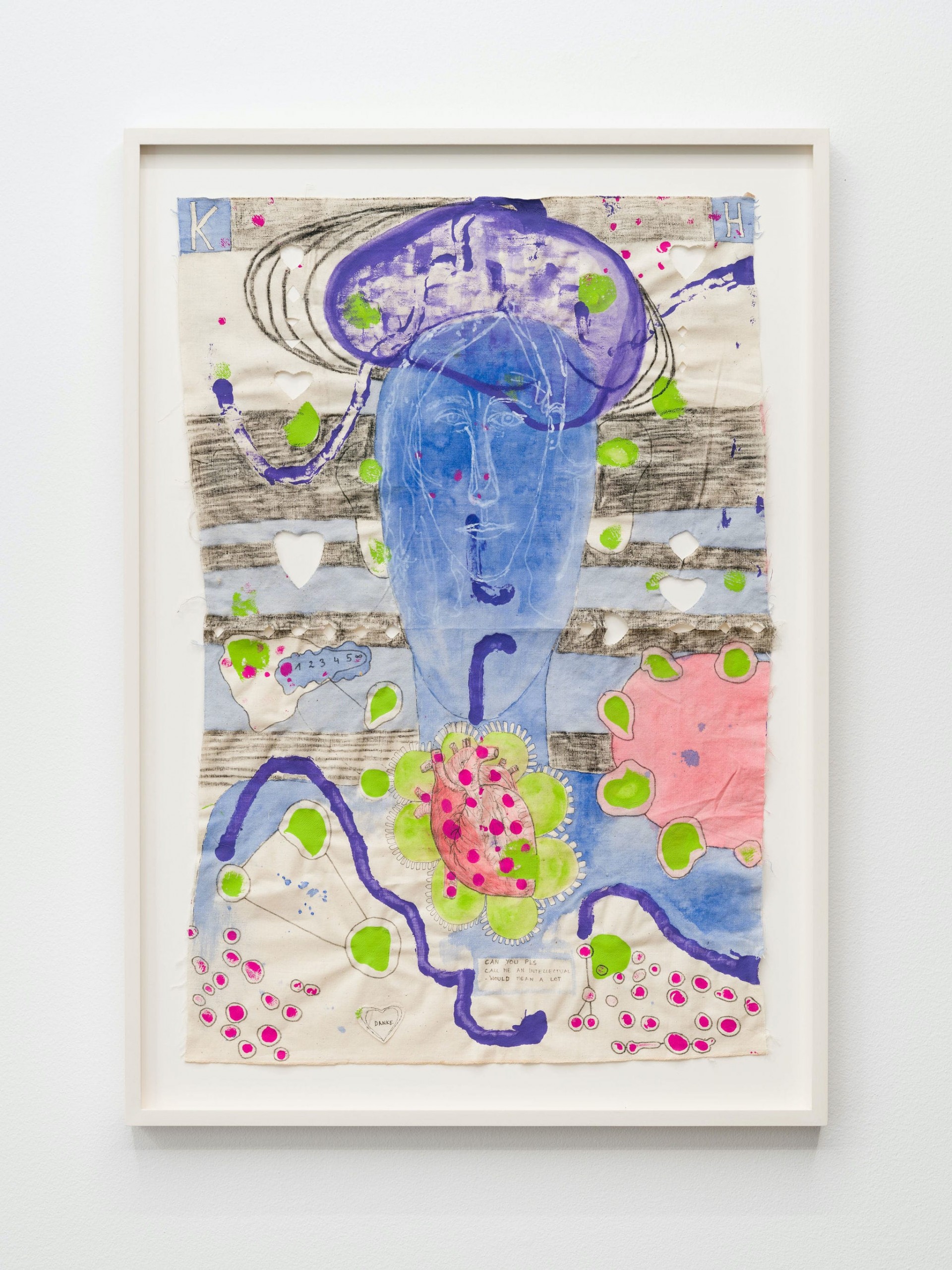
thank you, 2023
mixed media
85 x 57 cm
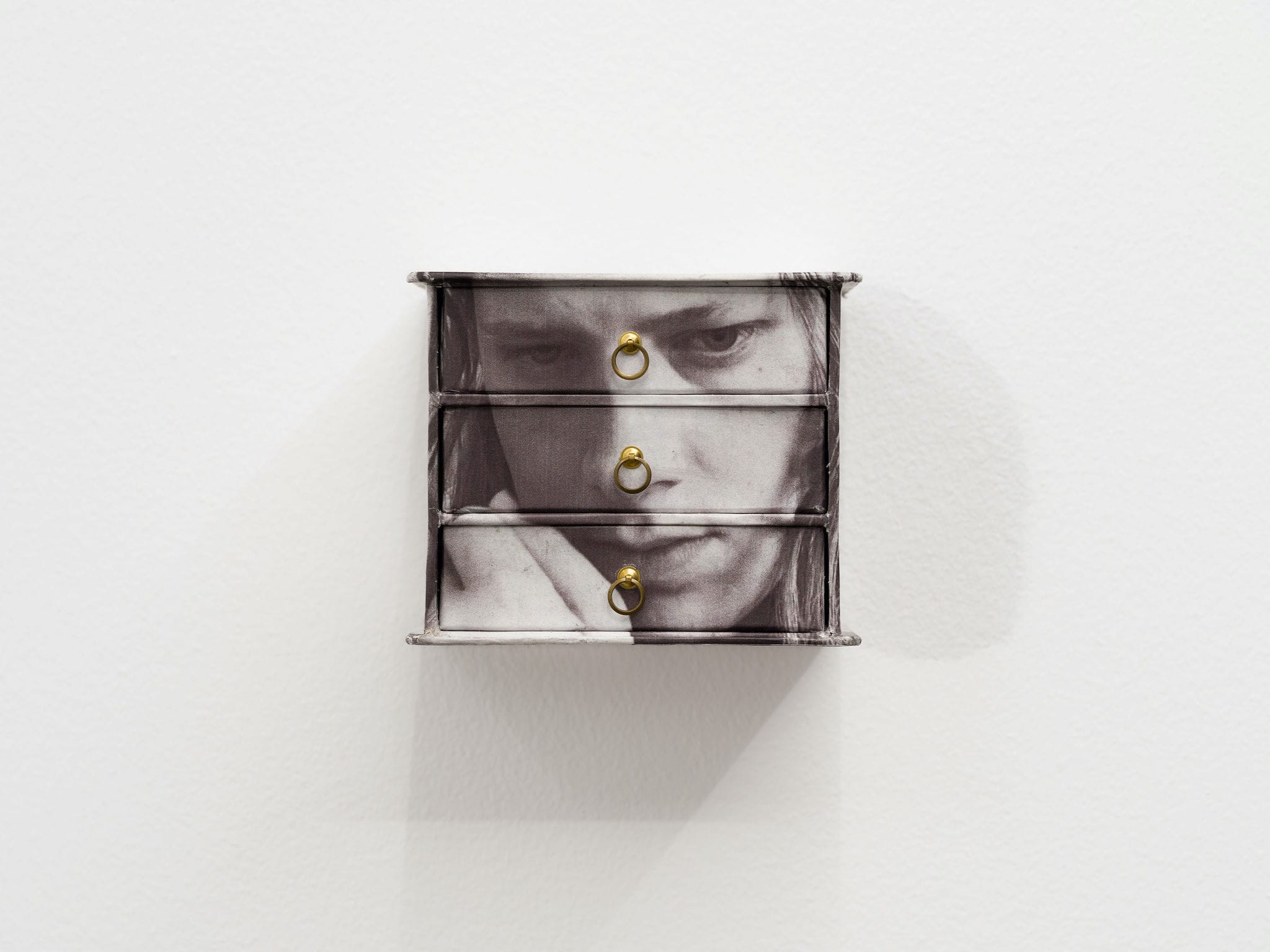
A&K I, 2022
digital print on carboard box, brass
11.3 x 14 x 9.4 cm

Containment Trilogy – A List, 2022-2023
digital video
1’22”
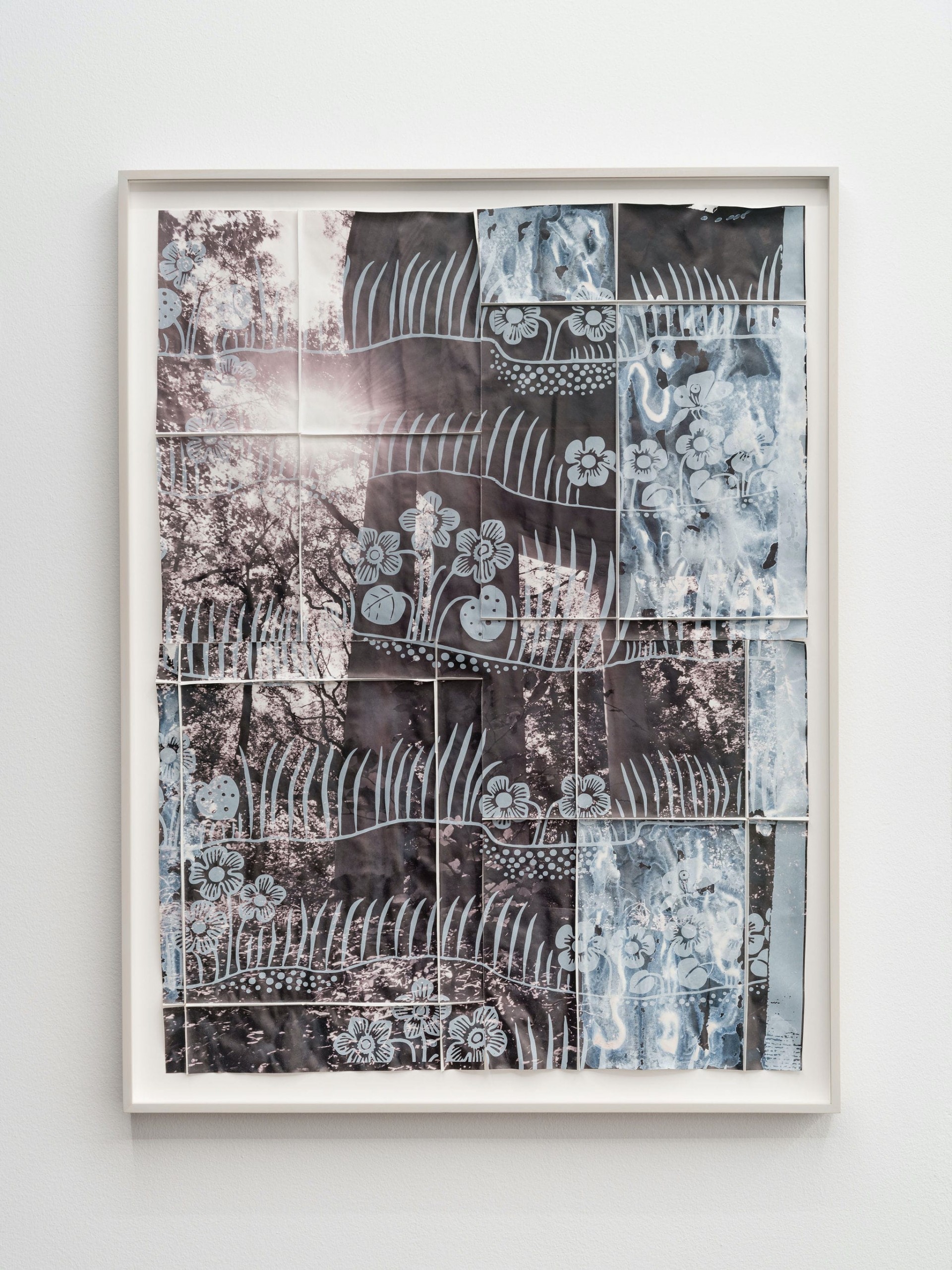
my body is my (Ret), 2023
digital print, screenprint, aquarelle paint on folded paper
84.5 x 63 cm

my body is my, 2023
digital print, aquarelle paint on folded paper
70.5 x 54 cm

Now is I Know, 2021
plant dyes, linen, earth pigments, gypsum
42 x 28 x 1,5 cm
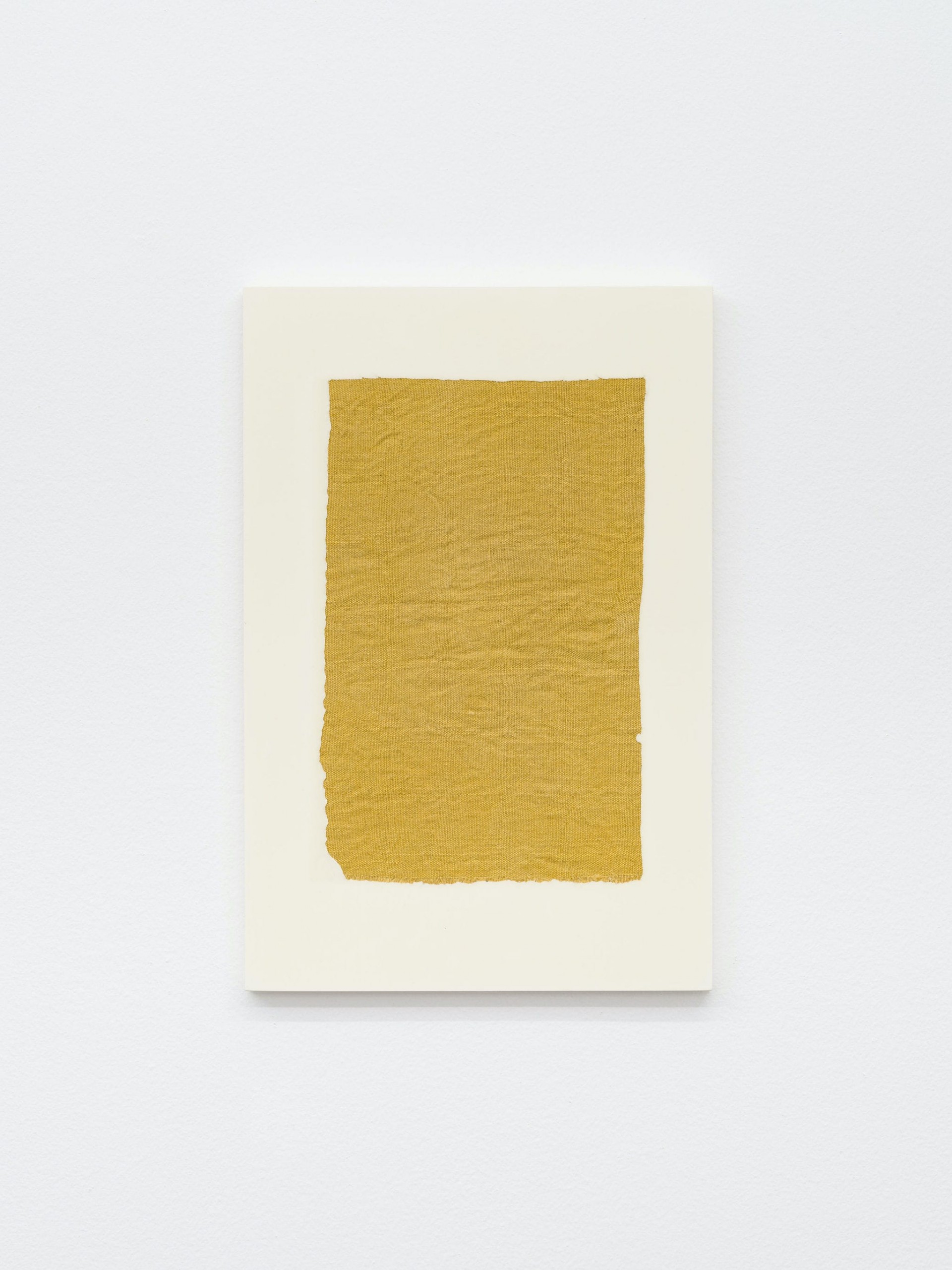
Now is I Know, 2021
plant dyes, linen, earth pigments, gypsum
42 x 28 x 1,5 cm
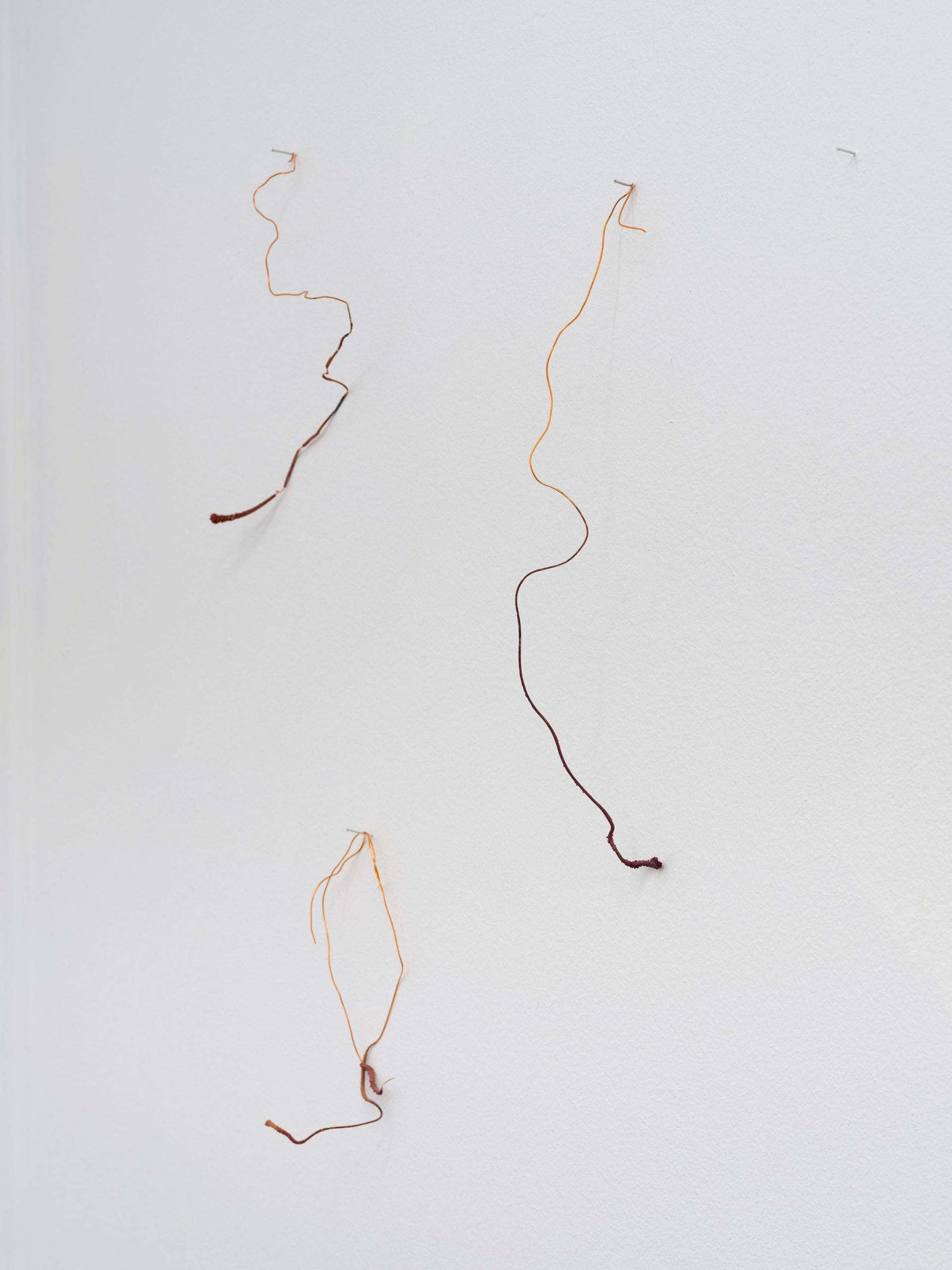
Falling for you
Falling in love
In love with you Oder I love you, 2023
copper wire, copper, nails
variable sizes

Falling for you
Falling in love
In love with you Oder I love you, 2023
copper wire, copper, nails
variable sizes
(details)
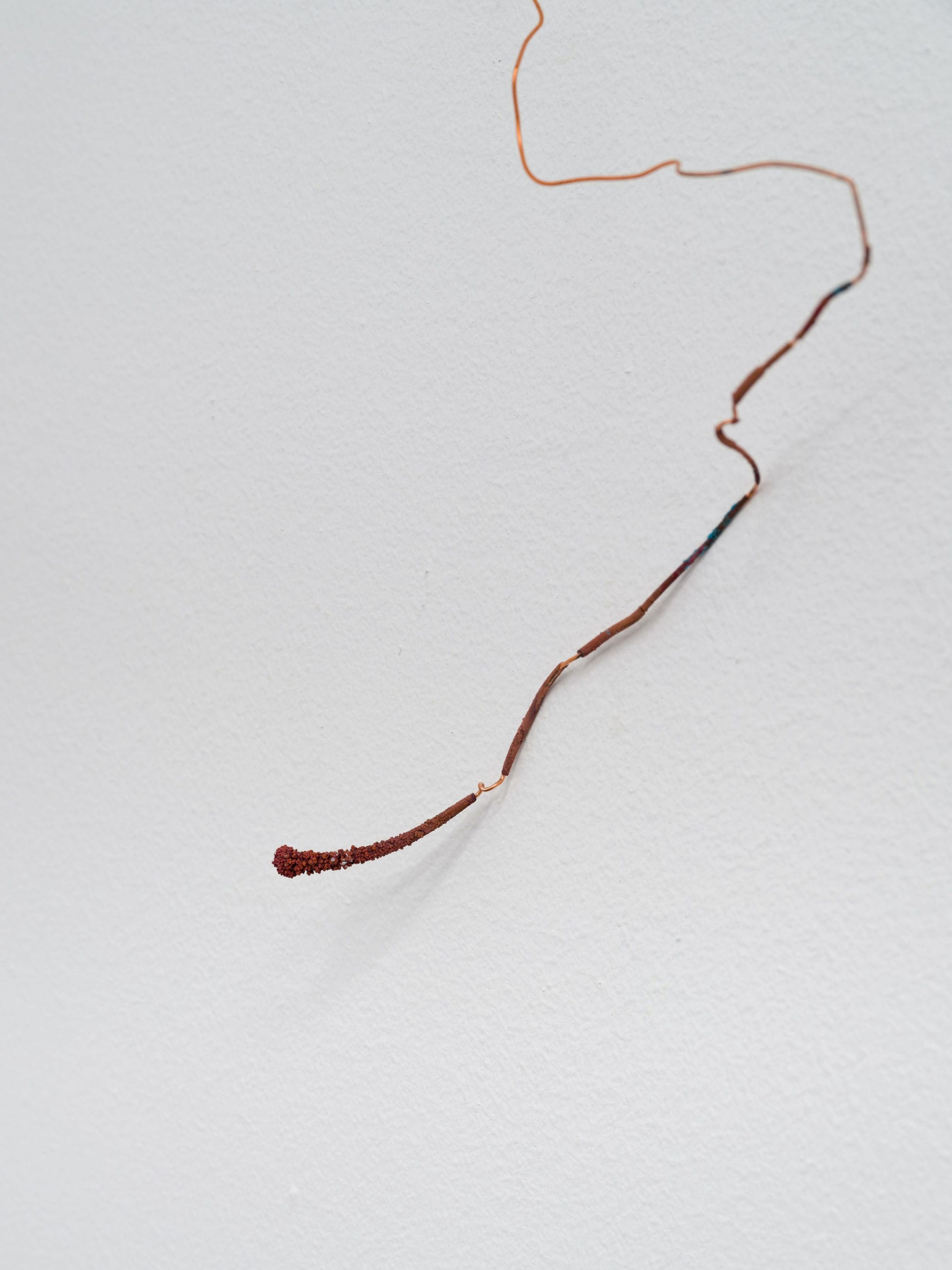
Falling for you
Falling in love
In love with you Oder I love you, 2023
copper wire, copper, nails
variable sizes
(details)

small piece of time, 2023
oil on packaging cardboard
10 x 20 cm
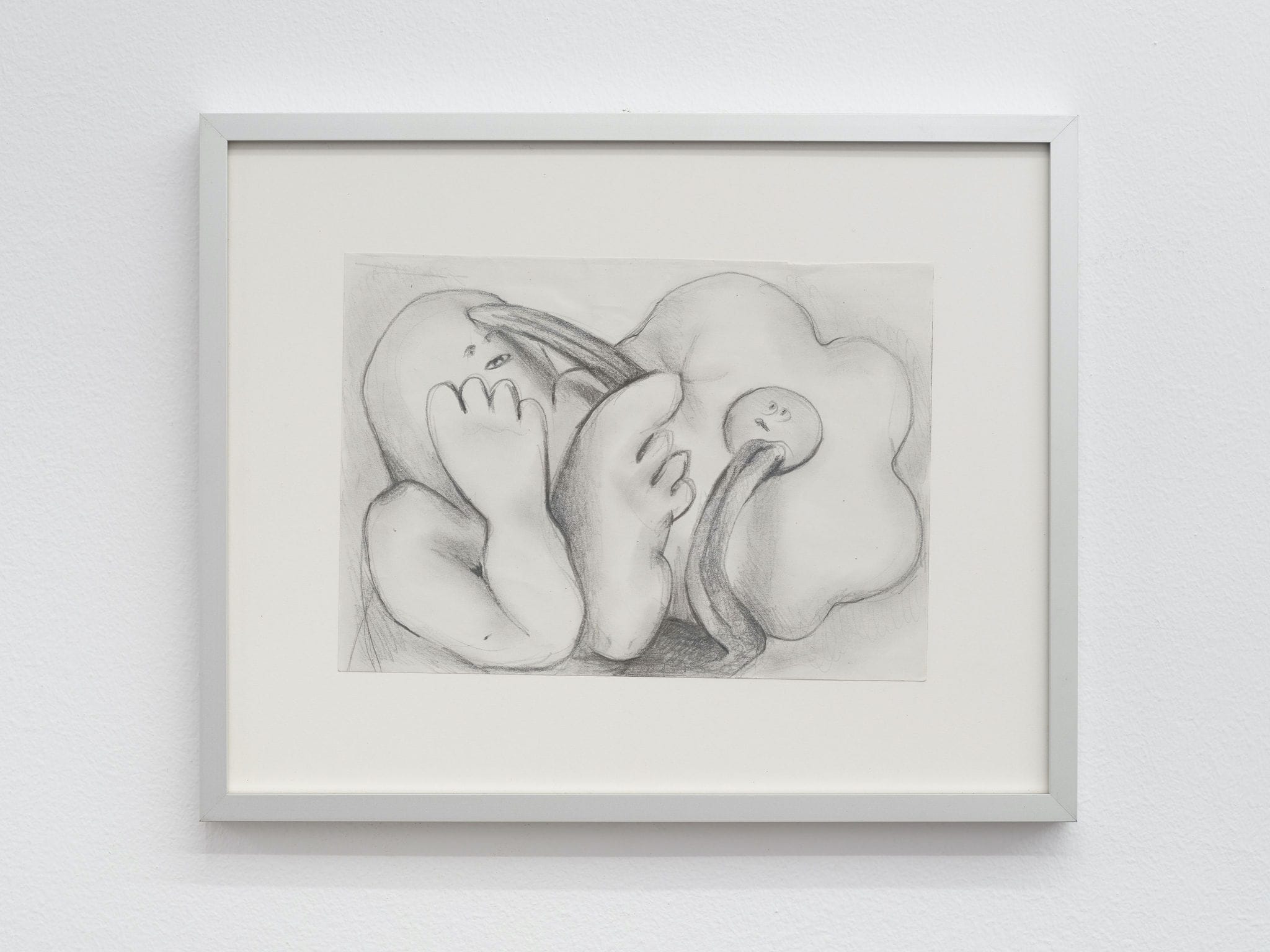
“what the heck is that anyways?”, 2022
pencil on paper
15 x 20 cm
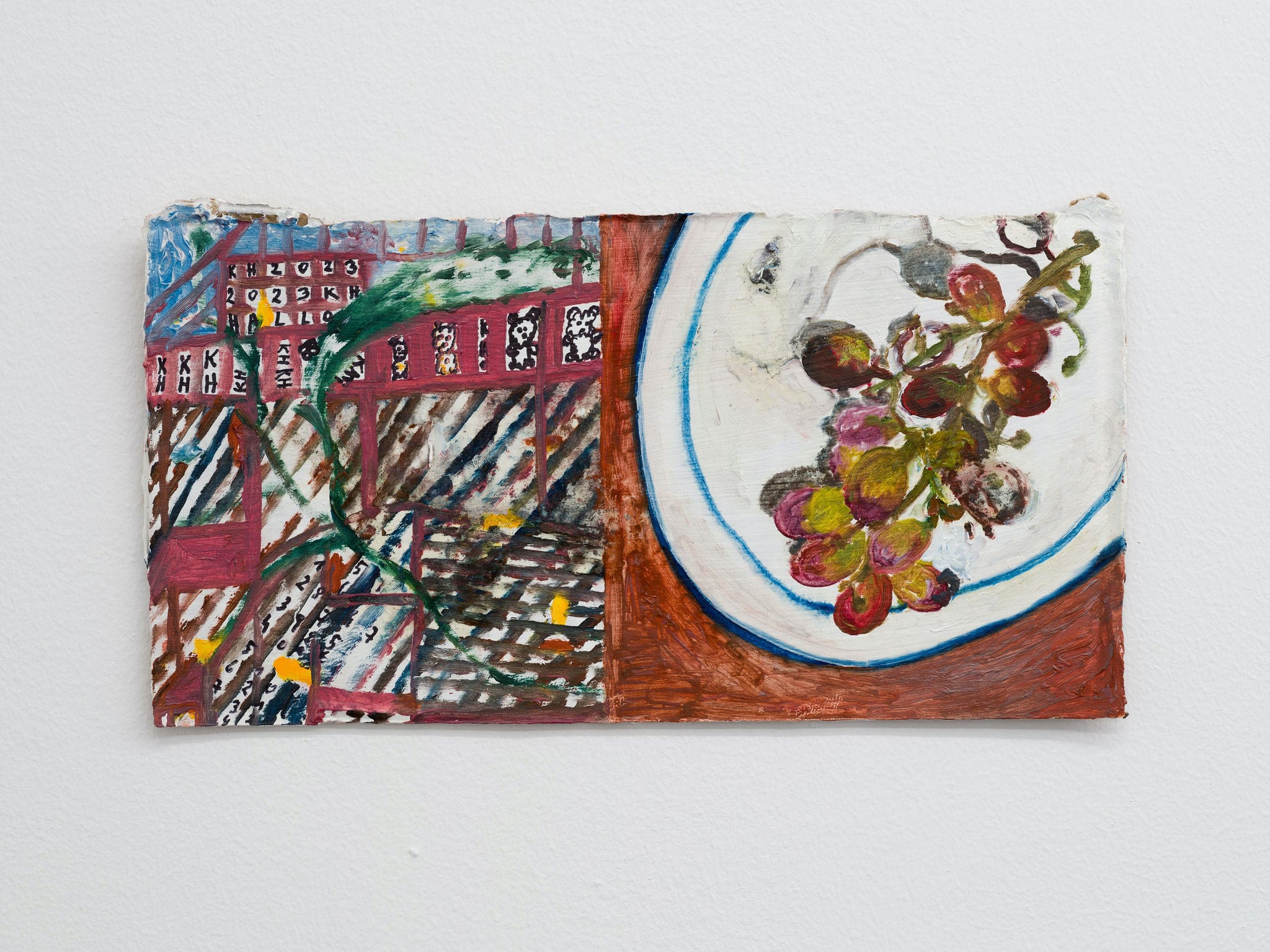
tiny study (outside: glass house in landscape, inside: cooled grapes), 2023
oil and marker on packaging cardboard
10 x 20 cm
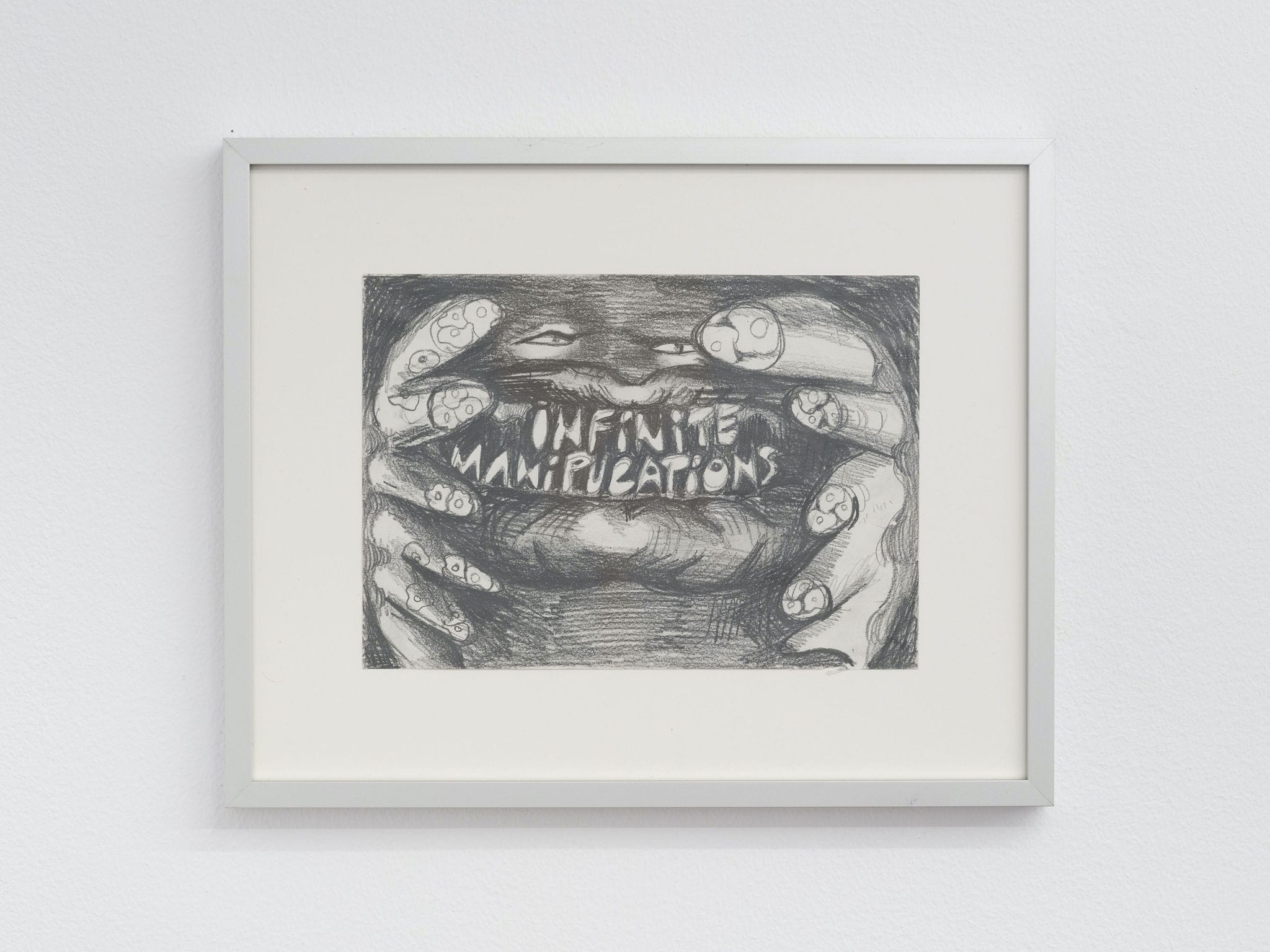
untitled, 2022
pencil on paper
15 x 20 cm

oil paint, aquarelle paint on folded paper
19.5 x 27 cm

digital video
2’10” & 2’41”
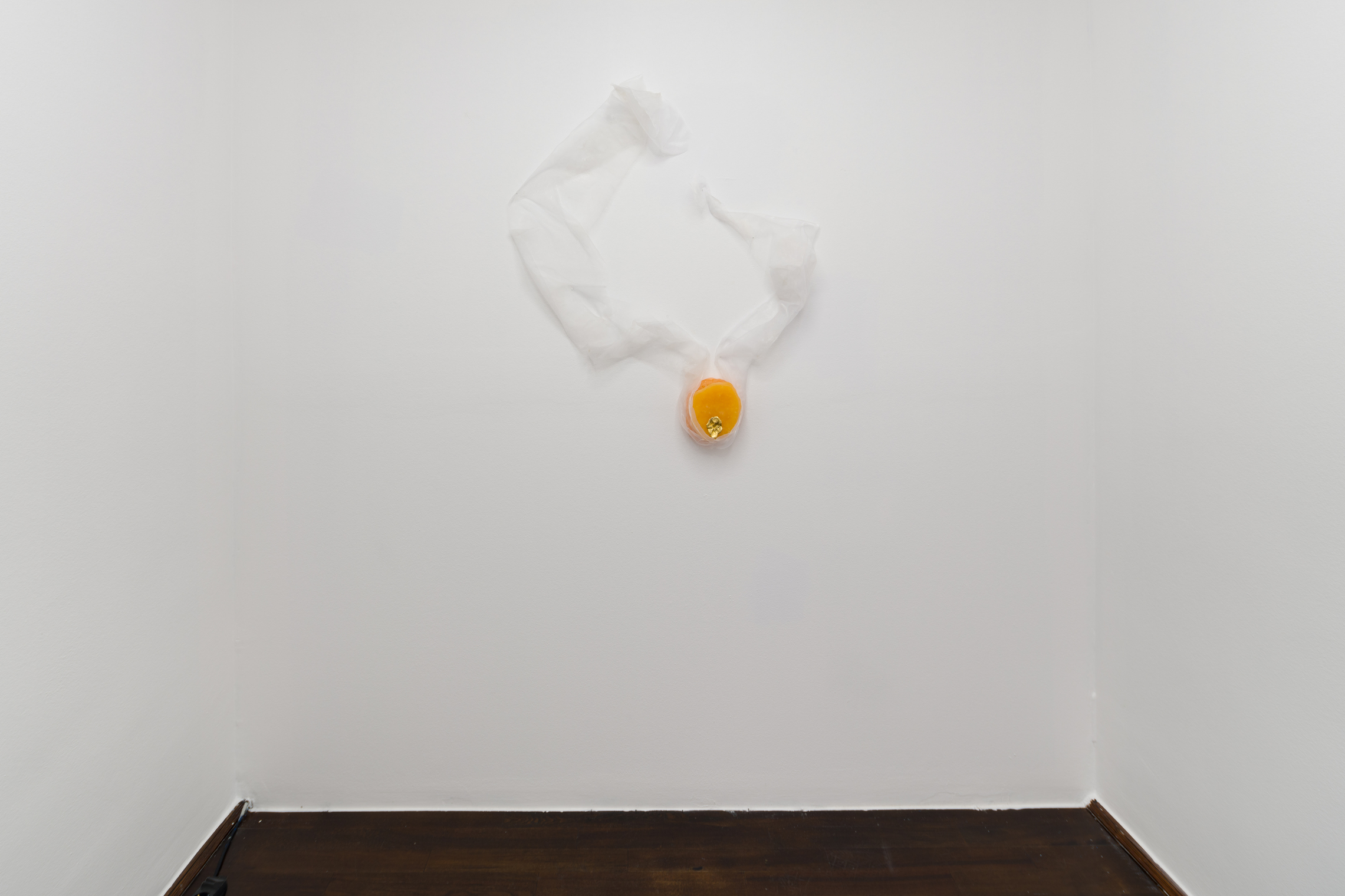
Die sichere Bank brauchst du nicht, 2021
brass casts, wax, organza, linen, pigments
variable sizes
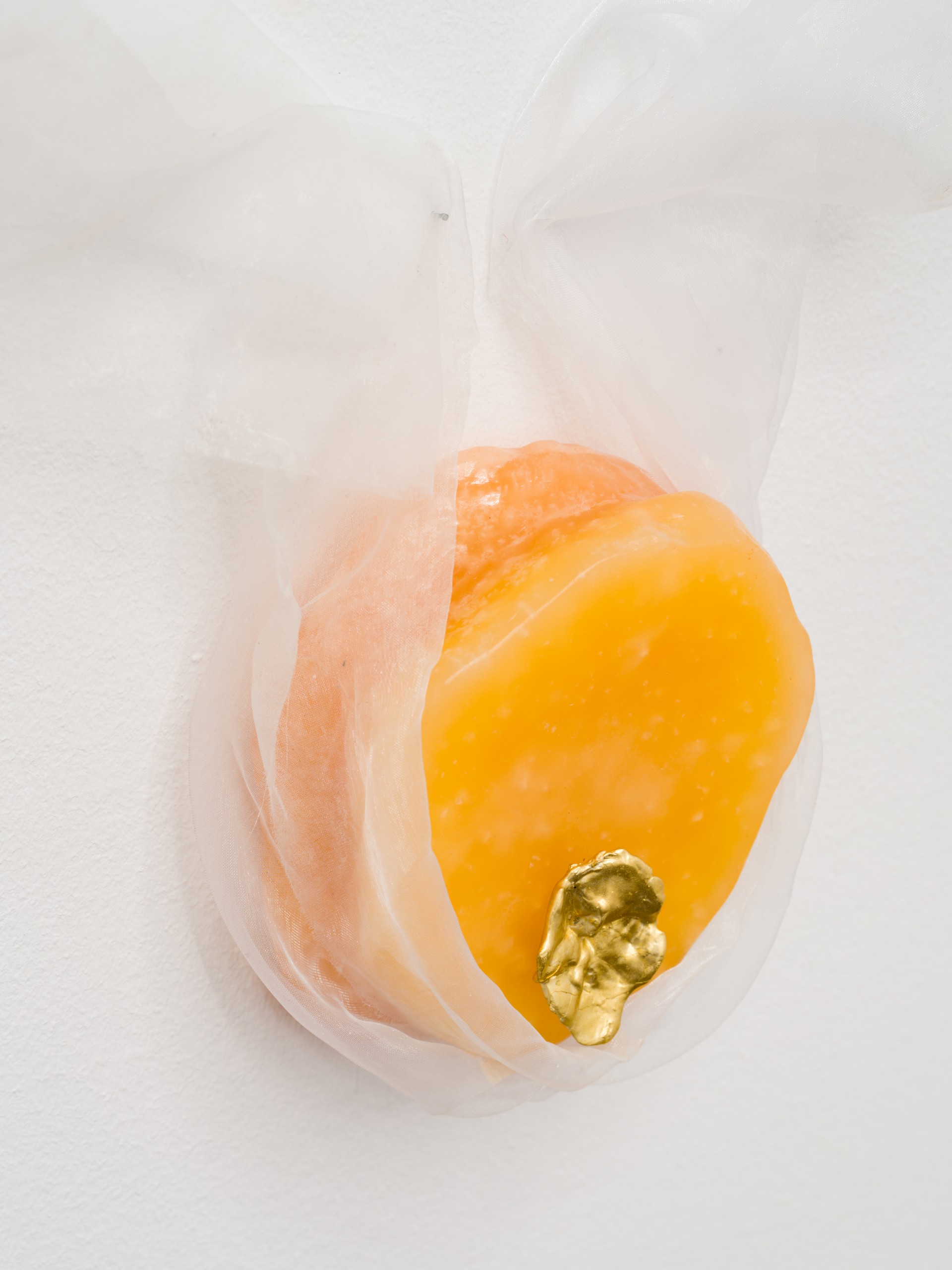
Die sichere Bank brauchst du nicht, 2021
brass casts, wax, organza, linen, pigments
variable sizes
(details)
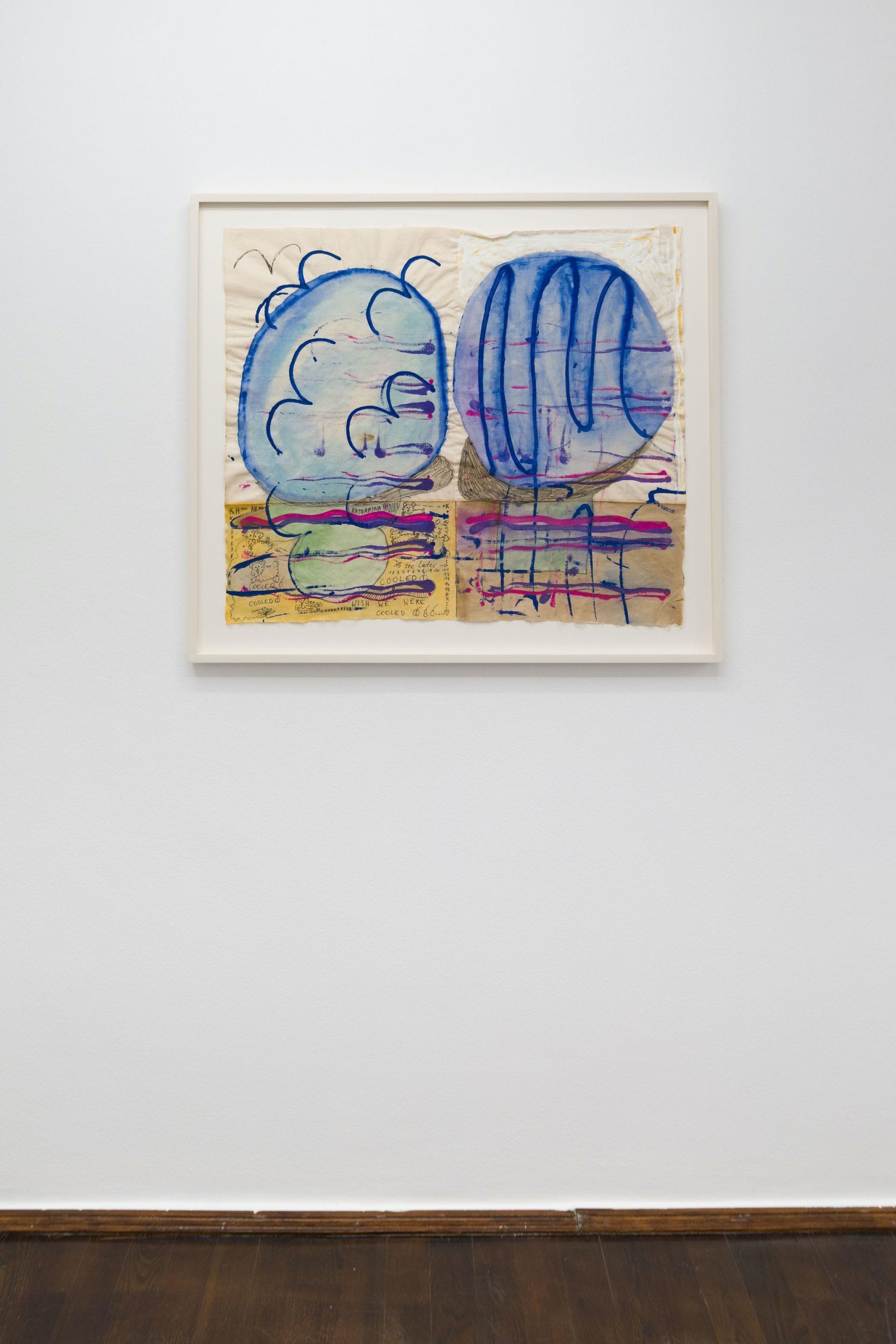
sweet sensless powers, almost endless but hope, 2023
mixed media
75 x 85 cm
Artists
Steph Holl-Trieu (b.1995 in Taipei) is an artist and writer based in Berlin and Vienna. Her work materialises between writing, sound, (role-playing) games, and collective worlding. She is interested in questions of technical aesthetics, that is, the historical contingency of our modes of perception. Her practice is often situated within collaborative or collective structures.
Katharina Höglinger (b.1983 in Rohrbach) lives and works in Vienna. She received her diploma in Painting at the University of Arts and Design in Linz in 2011 after having been granted a scholarship in Art Theory at Kunsthochschule Weißensee Berlin the same year. She had several solo and duo shows in Europe and North America, among others at Wonnerth Dejaco Vienna, Cooper Cole Toronto, Royal Academy London, Sebastian Gladstone L.A., and Galeria Quadrado Azul Lisbon. Her work has been presented in group shows in Basel, Berlin, Edinburgh, London, Madrid, Paris, Prague, Vienna, Toronto, NYC and Los Angeles. She received the State Scholarship for Visual Arts by the Federal Ministry of Austria and will be artist in residence at Cité International des Arts in Paris in 2024. Katharina Höglinger’s work is fueled by an irresistible drive to reclaim positions of social agency from within the field of contemporary artistic production – between art historical models, the local and global art networks, and the all-encompassing sea of images of social media. Feeding her personal everyday experiences into the machine that is her seemingly carefree re-appropriation of artistic styles and techniques, the artist actively re-inhabits the material and immaterial spaces that make up our social reality.
Lukas Kaufmann (b.1993 in Klagenfurt) lives and works in Vienna. He studied transmedia art with Brigitte Kowanz at the University of Applied Arts. His artistic practice is primarily dedicated to the intersection of spatial and psychological dimensions. In addition to the participation and curatorial direction of exhibition projects, he also realized interventions in public space.
Juliana Lindenhofer (b.1987 in Graz) obtained a Master of Fine Arts from the Academy of Fine Arts Vienna in 2022 (Department of Sculpture, Prof. Iman Issa). She has recently showed work in/performed at WAF (Vienna, Austria), Leopold Museum (Vienna, Austria), HYPERREALITY Festival/Wiener Festwochen (Vienna, Austria), Mutant Radio (Tbilisi, Georgia), Sharp Projects (Copenhagen, Denmark), Research and Waves (Berlin, Germany), Spoiler (Berlin, Germany), Galerie Wonnerth Dejaco (Vienna, Austria), and Tuesday@Secession – Secession (Vienna, Austria). In 2023, she will be a resident at WIELS (Brussels, Belgium) and a body of new work will be presented at Kunsthalle Wien and Belvedere 21 (Vienna, Austria).
Constanze Schweiger (b.1970 in Salzburg) studied art at University of Applied Arts Vienna and Van Eyck Academie Maastricht and also book design at New Design University St. Pölten. She was an artist in residence at Cité International des Arts in Paris, MAK Schindler Scholarship Program in Los Angeles, International Studio Program PS1 in New York a.o. and she received the State Scholarship for Visual Arts by the Federal Ministry of Austria. Her work was shown at Wonnerth Dejaco (Vienna), Kunstverein New Jörg (Vienna), Pina (Vienna), MAK Center for Art and Architecture (Los Angeles), Austrian Cultural Forum (London), KM– Künstlerhaus, (Graz), Belvedere 21. Museum für Gegenwartskunst (Vienna), MODEM Center for Modern and Contemporary Art (Debrecen), Galerie Art:Concept (Paris), Foxy Production (Brooklyn) a.o. Constanze Schweiger lives and works in Vienna, where she is represented by Wonnerth Dejaco. She runs the publishing house Two to 200.
Saskia Te Nicklin (b.1979 in Copenhagen) studied at the Royal Academy of Fine Arts, Copenhagen between 2004-2010, where she received an MFA in 2010, and at the Akademie der Bildenden Kunst in Vienna between 2007-2009. Her work has been exhibited at Wonnerth Dejaco Vienna, VAN Vienna, VinVin Milan, Galerie Nächst St Stephan LOGIN Vienna, Minuit Vernissage Copenhagen, Gallery Diana Lambert Vienna, Den Frie Copenhagen, Stereo Exchange Copenhagen, Biquini Wax, Mexico City, Vestjyllands Kunstpavillon Denmark, Galerie Leslie Berlin, Kunstraum Niederösterreich Vienna, Rachel Uffner Gallery New York.
